Sacred Complex of Lumbini
Lumbini, the birthplace of Lord Buddha, is situated 22 km west of Siddharthanagar, district headquarter of Rupandehi District, in the Western Terai region of Nepal. It is an important site from the Buddhist as well as archaeological point of view. This region was associated with the Sakyas and Koliya at Kapilvastu and Ramagrama (Devadaha) respectively in ancient period. This book, a research study, funded by Tribhiwan University Research Division, is an attempt to put things in proper way. The book contains sacred geography, history, master plan, art, architecture, pilgrims and pilgrimage, sacred performances, fair and festivals, sacred specialists, conservation, preservation, tourism development and changes and modernisation the life styles of Lumbini area. Second and third chapters throw light on sacred geography and history through Buddhist literature, Chinese account and art remains. In the fourth chapter details of Master Plan for the development of Lumbini, and its implementation as well as achievements are mentioned in proper way. Physical development and details of allotted plots are pointed out in brief. In the fifth chapter, the art remains, viz. stone sculptures, human and animals terracotta figurines, other terracotta objects, seals and sealing coin pottery, etc. are incorporated. The result of the analysis of terracotta figurines has been incorporated here, highlighting the origin, typology and stylistic evolution of the principal forms, their techniques and contexts. This helps us to place the changing art forms and style from the Mauryan to Pala-Sena periods in proper perspective. The sixth chapter contains the architecture of structural remains of ancient Stupa Vihar Mayadevi Temple and monolithic Asokan Pillar of Sacred Garden. Chapter seven throws light on the tradition of pilgrims and pilgrimage of the site. Daily and special performances are incorporated in eighth chapter. Fair, festivals, lifestyles of the monks and nuns are mentioned in nine and tenth chapters respectively. Infrastructures for the development of tourism, flow of tourists, changing lifestyles of the people and modernization through it has been mentioned in the text. It throws light on historical, archaeological, sociological, anthropological and progress of master plan. The book goes into a deep study of art remains, sacred performances, tourist movement and modernization which helps for planning, preservation and conservation to the authorities in future. Bibliography, appendices, glossary, index and photographs have been included to make the volume more authentic, informative and attractive.
Get it now and save 10%
BECOME A MEMBER

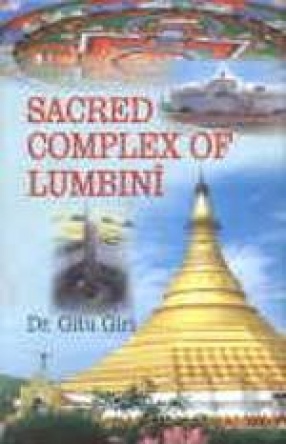
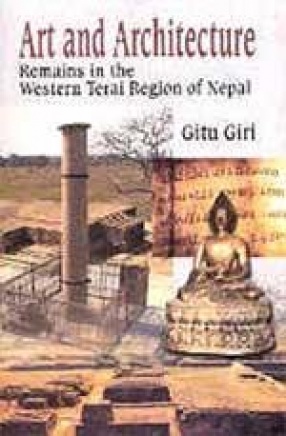
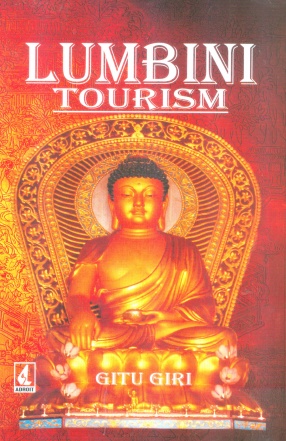
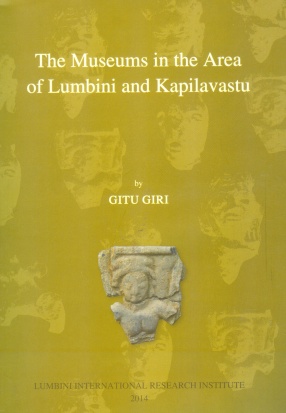
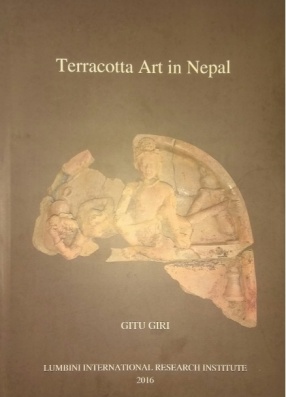
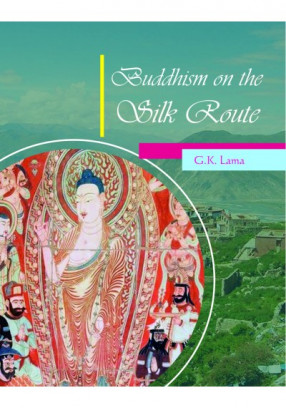
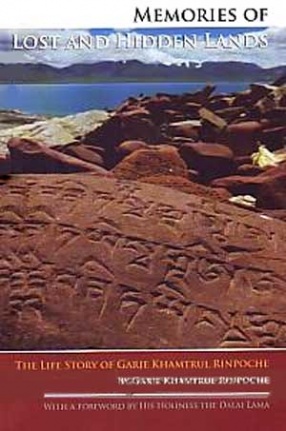
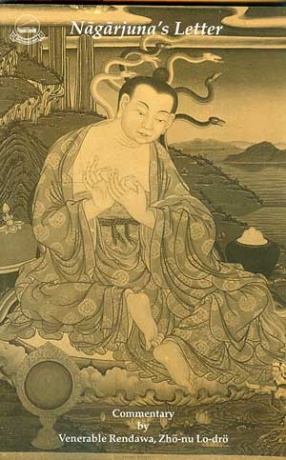
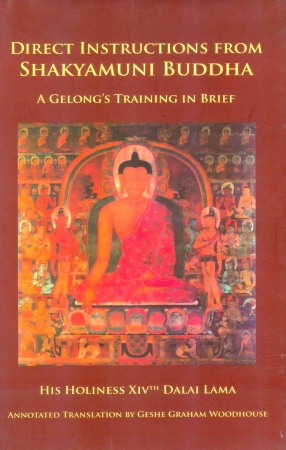

Bibliographic information